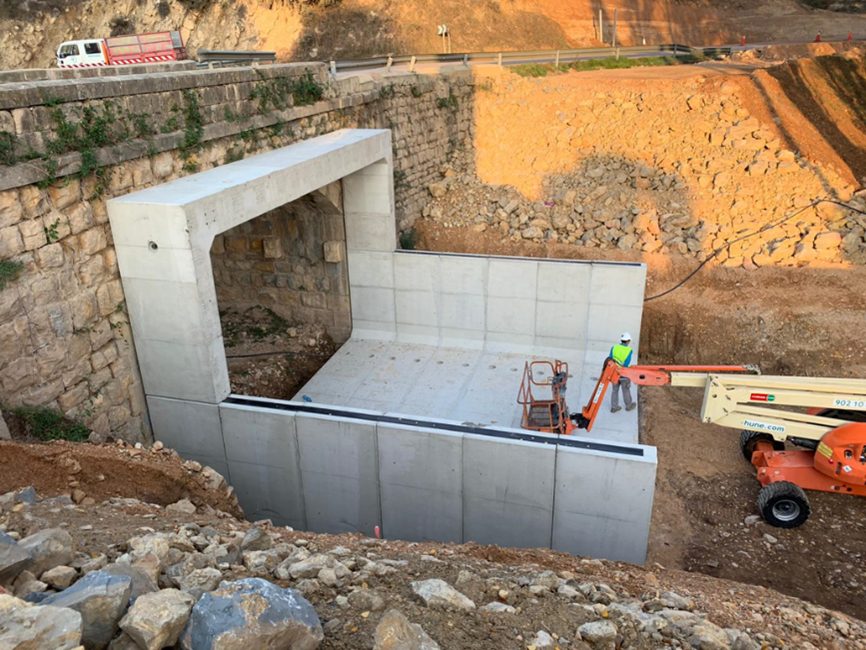Valencia (EFE).- Researchers from the Polytechnic University of Valencia propose infrastructures designed with precast concrete frames as a more economical and sustainable alternative for the construction of underground tunnels, buildings and other structures.
This proposal from the Institute of Concrete Science and Technology (ICITECH) of the UPV would reduce costs by up to 24% and would also reduce CO2 emissions associated with the construction of infrastructures by up to 30%, according to the data to which it has had EFE access.
Víctor Yepes, a researcher at the ICITECH Institute of the UPV, stresses that the study is of “special interest” for areas such as civil engineering and architecture and, above all, for precast concrete companies.
The lowest cost and environmental impact of concrete frames
In this work, framed in the Hydelife project and whose results have been published by the magazine Materials, they have developed different algorithms whose application allows economic savings of up to 24% in the final cost of the structure, reducing the costs associated with production and transport. of materials.
In addition, according to the estimates made by the ICITECH-UPV team, it would make it possible to optimize the use of materials in the structure and reduce the environmental impact, reducing CO2 emissions associated with construction by around 30%.

A concrete example? “A linear work where we have, for example, 1,000 meters of an underground tunnel that can be executed with precast frames,” says Yepes.
“In addition to the economic savings, in our work we estimate that the reduction of one euro in the final cost of a reinforced concrete frame is equivalent to avoiding the emission of about two kilograms of CO2,” he points out.
Thus, this study presents a resource-efficient and sustainable alternative to traditional cast-in-place reinforced concrete frames.
“Our objective -explains the researcher- was to broaden knowledge about the structural typology of articulated precast concrete frames (RCCPF) and their use as a substitute for traditional cast-in-situ reinforced concrete frames”.
The results obtained confirm “its enormous potential for large infrastructures”, he indicates to add that the study is of special interest for fields such as civil engineering and architecture and, above all, for precast concrete companies.
About ICITECH
The Institute of Concrete Science and Technology (ICITECH) was established in December 2004 and its objectives are to encourage and promote quality, basic and applied research, promote technology transfer to companies in the sector and offer technical services and consultancy to companies and institutions, through specialized personnel.
It also seeks to promote forums for participation and discussion of future issues in the field of concrete science and technology, and design lines of action that can become a benchmark at a scientific and industrial level.
Likewise, it develops exchange programs for specialists in the Institute’s central subject, and organizes meetings, congresses and other activities that allow exchange and communication between the different research groups.






